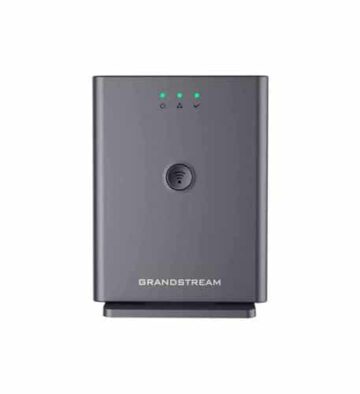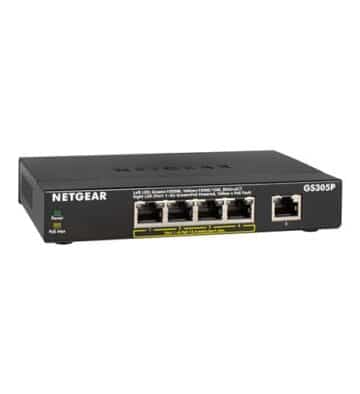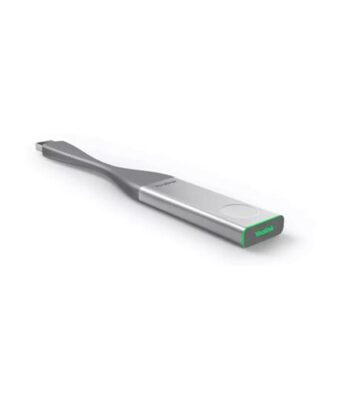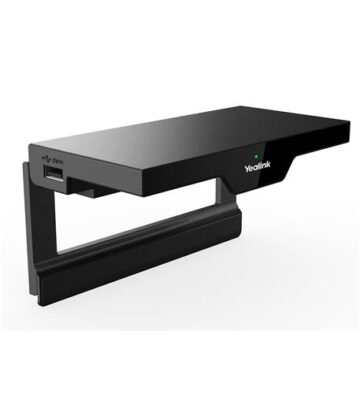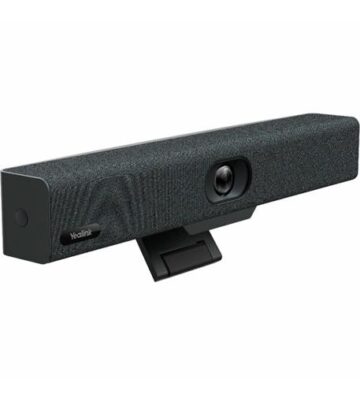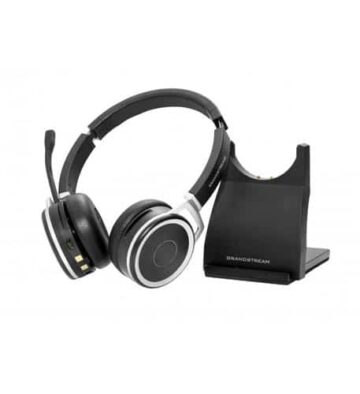
Reopening bundle
First 3 months free


capabilities first hand
with our Free Demo
to share our Must-have features and benefits that come with
your cloud phone system.

Video, IP Phones
And More, Fine-
tuned For Your
Market
businesses found within these markets.
Small & Big Business
There Is No Business Too Big Or Too Small
JabberTel provides VOIP Phone services which make it easy, for your company to enroll new customers, up-sell, manage & provide customer support.
Our Voice Solutions and your business together, equals Growth
Custom Packages designed for your business requirements.
Our Voice Solutions and your business together, equals Growth
Custom Packages designed for your business requirements.
All-in-one packages, bundled to
match your needs and more.
JabberTel Office
Guaranteed constant, secure and easily managed system.
Includes
- Cloud Phone System
- Audio & Video Conferencing
- Team communication & collaborations
- Integrated Business Applications

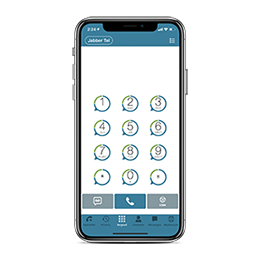
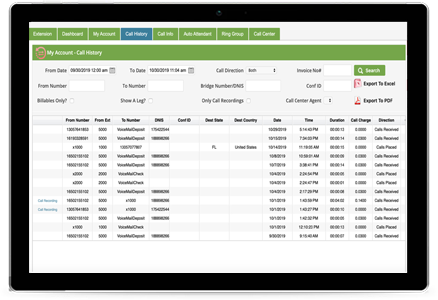
All-in-one packages, bundled to
match your needs and more.
JabberTel Office
Guaranteed constant, secure and easily managed system.
Includes
- Cloud Phone System
- Audio & Video Conferencing
- Team communication & collaborations
- Integrated Business Applications
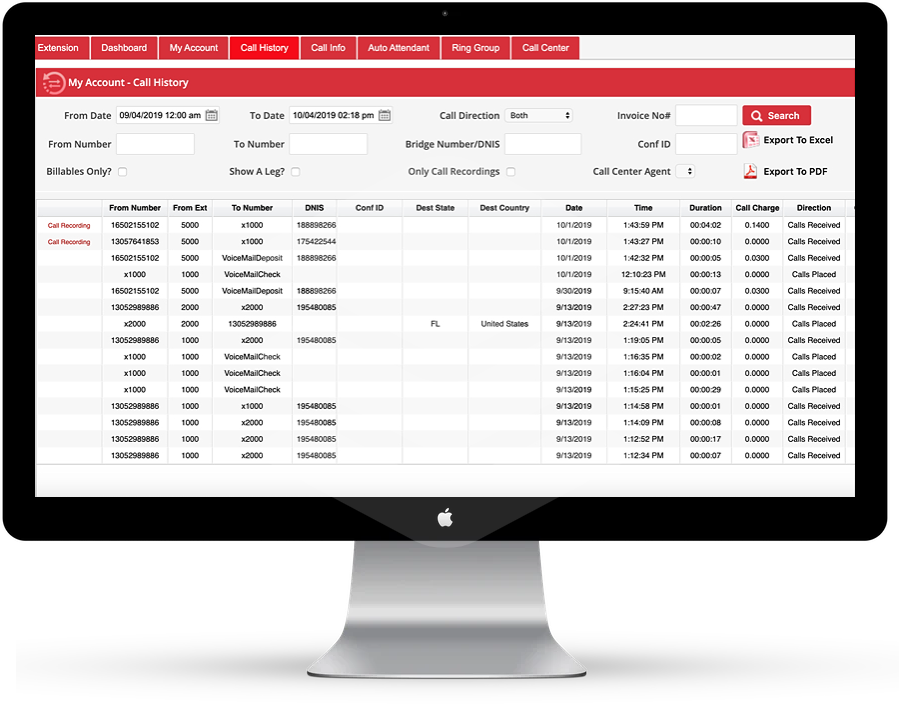
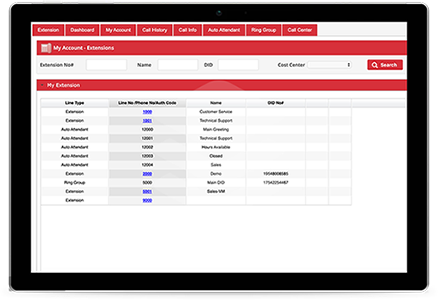
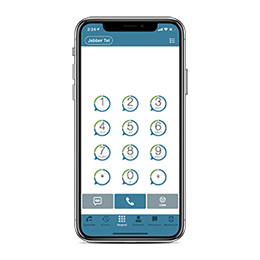
Eliminate complexity and connect on any device, on any channel, anywhere.
Equipped with artificial intelligence, advanced analytics, and call QoS.
Go global and scale with a highly reliable, secure, and open platform.
Achieve unmatched flexibility and adaptability with seamless integration.
